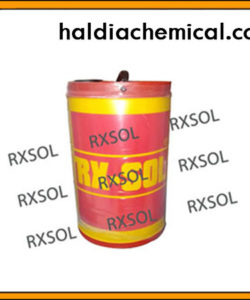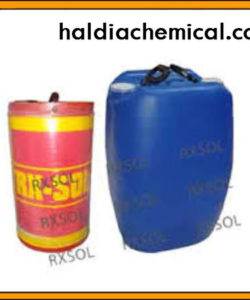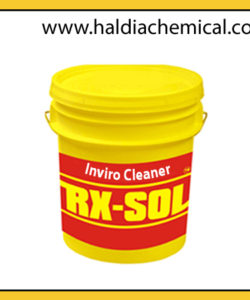Description
CITRIC ACID is a source of hydrogen ions (H+) used to reduce the pH of a drilling fluid. Both liquid and powdered.
Technical Bulletin
CITRIC ACID
Description
CITRIC ACID is a source of hydrogen ions (H+) used to reduce the pH of a drilling fluid. Both liquid and powdered.
Uses
CITRIC ACID is primarily used as a pH buffer, a low solids, non-dispersed, low pH drilling fluid.
Benefits
CITRIC ACID is primarily used to quickly reduce the pH in drilling fluid. One of the benefits of using Citric Acid is that it forms Sodium Citrate in the presence of Sodium based polymers such as DMA and OMNIPOL II. Sodium Citrate acts as a dispersant in water based fluids, helping to control the rheology. A third benefit of CITRIC ACID is the reduced hazard to personnel when compared to other acids normally used in drilling applications. CITRIC ACID will not reduce hardness levels in drilling fluids as will phosphoric acid.
Treatment
CITRIC ACID is added through the hopper when using the dry material, and added directly to the drilling fluid when using the liquid. A diaphragm-
metering pump may be utilized with the liquid for continuous
pH control.
Treatment levels vary with the concentration of salts, particularly hydrogen (H+) and hydroxide (OH- ).
Function
CITRIC ACID provides a layer of hydrogen ions around active clays, reducing their zeta potential and thus reducing their ability to imbibe water. This function translates to fewer solids, less swelling of the solids in the drilling fluid, reduced wellbore swelling, and more efficient solids control equipment function. A secondary benefit of CITRIC ACID is the formation of sodium citrate, a thinner. This helps counteract the flocculating influence of the hydrogen ions on first being introduced to the drilling fluid system.
Typical Physical Properties
Physical Appearance………white powder or clear liquid
Specific Gravity……………..1.542
Bulk Density…………………63 lb/ft³
Hygroscopic…………………slightly
pH in water………………….1.87
Safe Handling Recommendations
Utilize normal precautions for employee protection when handling chemical products. Use of appropriate respirator, gloves, goggles, and apron is recommended for employee comfort and protection. See Material Safety Data Sheet (MSDS) for this product prior to use.
Packaging
CITRIC ACID is packaged in 25 kgs multi-wall bags.
Citric Acid in 25 kg bags
| Application: | Additive for drilling and work over fluids for iron sequestration |
| Scientific name: | Citric Acid (anhydrous) |
| Appearance: | Free flowing white solid crystalline powder |
| Safety, hazard: | Non-combustible, toxic fumes |
| Environmental, hazard: | Insignificant. Toxic to aquatic life |
| Waste disposal procedures: | At controlled landfill site |
| Form of supply: | 25 kg bags |
Label
CITRIC ACID provides a layer of hydrogen ions around active clays, reducing their zeta potential and thus reducing their ability to imbibe water. This function translates to fewer solids, less swelling of the solids in the drilling fluid, reduced wellbore swelling, and more efficient solids control equipment function. A secondary benefit of CITRIC ACID is the formation of sodium citrate, a thinner. This helps counteract the flocculating influence of the hydrogen ions on first being introduced to the drilling fluid system.
LABEL PROPERTY
PRODUCT NAME…………………….. : CITRIC ACID
CAS number……………………………… : 77-92-9
UN number :
Formula ………………………………………..: C6H8O7
Odour …………………………………………..: ODOURLESS
Soluble in water……………………………… : APPRECIABLE
Density ………………………………………….: 1.5 at
Boiling point…………………………………….. : oC
Melting point :
Viscosity :
Flashpoint :
Explosive limits :
Vapour pressure :
Skin absorption/irritation ……………………….: YES
TLV Country :
Pollution category 1994 ………………………: D



